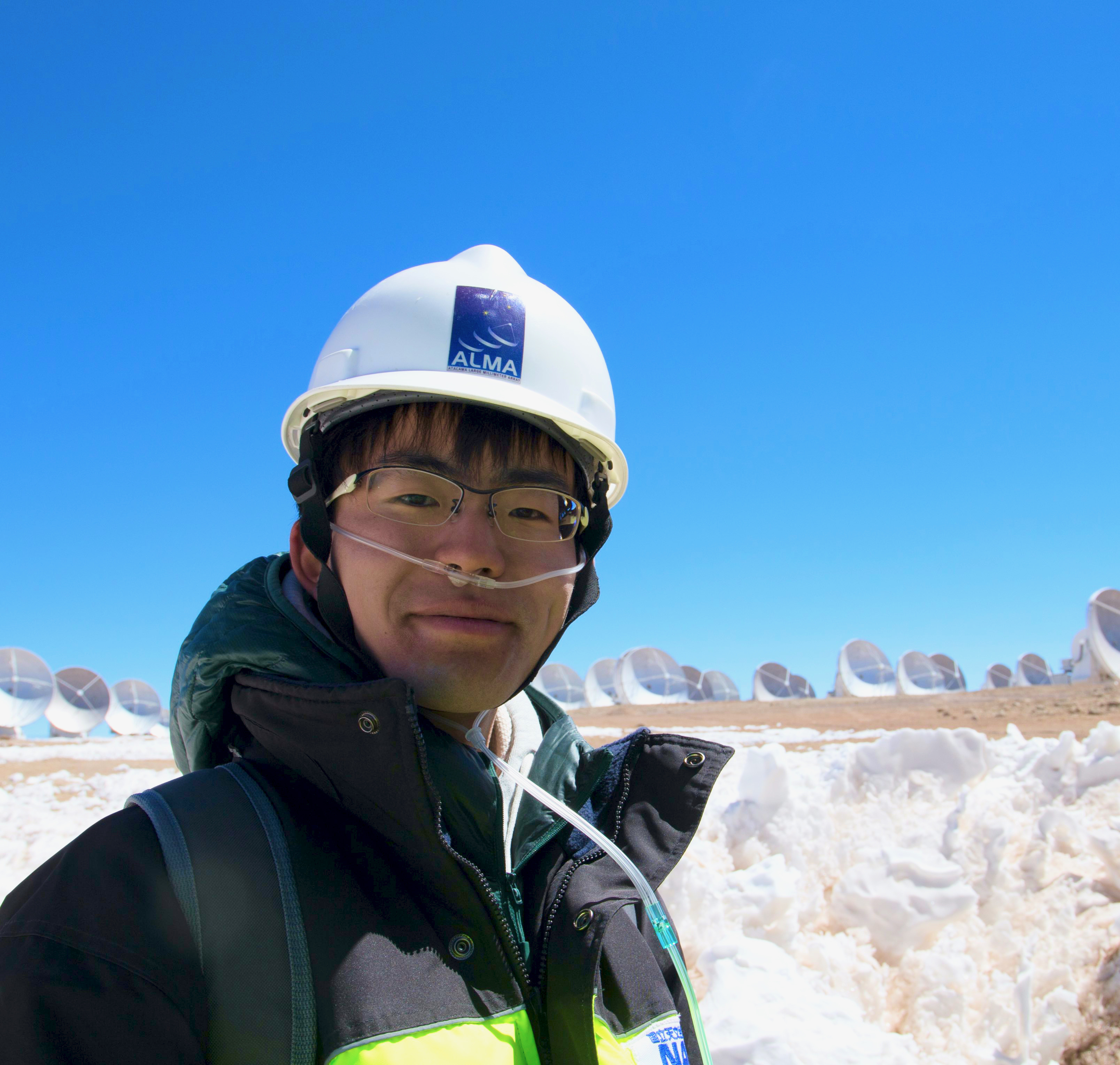Who? / 誰?
Hi! I am Tomohiro Yoshida, an astronomer at National Astronomical Observatory of Japan (NAOJ) in Mitaka, Tokyo.
To understand when, where, and how the solar system and planetary systems outside the solar system were formed, I am working on observational studies of protoplanetary disks, the sites of planet formation.
こんにちは、私は吉田 有宏です。 東京都三鷹市にある国立天文台の天文学者(日本学術振興会特別研究員PD)です。
私は、太陽系や太陽系の外に6000個以上存在する多種多様な惑星がいつ・どこで・どのように形成されたのかを明らかにするために、惑星系形成の現場である原始惑星系円盤の観測的研究を行なっています。
Affiliation / 所属
Division of Science, National Astronomical Observatory of Japan / 国立天文台 科学研究部
Research Interests / 関心のある研究テーマ
- Physical and chemical structure of protoplanetary disks / 原始惑星系円盤の物理・化学構造: 何がどこにどのくらいあって、どのような物理過程が起きているのか?
- Isotope chemistry in star and planet forming regions/ 物質の起源と進化を追うために重要な、同位体化学
